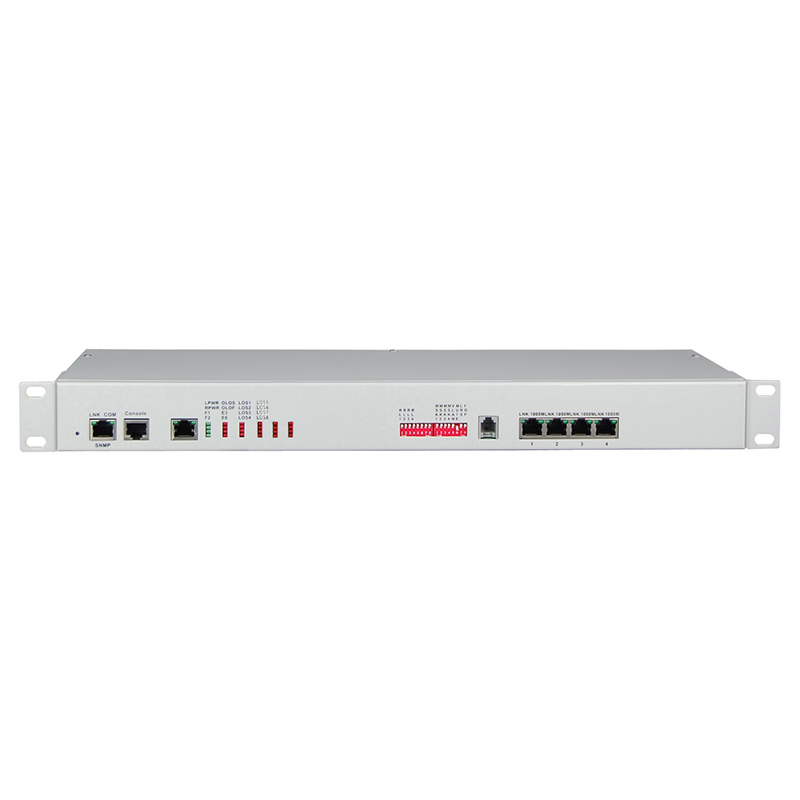The protocol converter can generally be completed with an ASIC chip, which is low in cost and small in size. It can perform mutual conversion between the Ethernet or V.35 data interface of the IEEE802.3 protocol and the 2M interface of the standard G.703 protocol. It can also be converted between 232/485/422 serial port and E1, CAN interface and 2M interface, so what are the functions of the protocol converter? First, relay function: Since the signal is transmitted on the wire, the signal will be attenuated after a long distance. Therefore, a network protocol converter is needed to amplify and relay the signal. Make it transmit to the farther target machine. Second, the conversion agreement: To give the simplest example: in the serial network, the most commonly used protocols are RS232, RS485, CAN, USB, etc. If your PC has only one DB9 serial port, and the other machine that needs to communicate uses the USB interface. How to do it? The solution is very simple, just use a USB-RS232 protocol converter. It will be two different protocol timings, levels, etc. to be interchanged. Industrial communication requires information sharing and data exchange between multiple devices, and the commonly used communication ports of industrial control equipment include RS-232, RS-485, CAN and network. It is difficult to exchange information. Through multi-protocol converters, devices with different interfaces can be networked to realize interoperability between devices. Based on a variety of communication ports and various protocols, a wide variety of protocol converters are formed. 
Post time: Oct-08-2022





